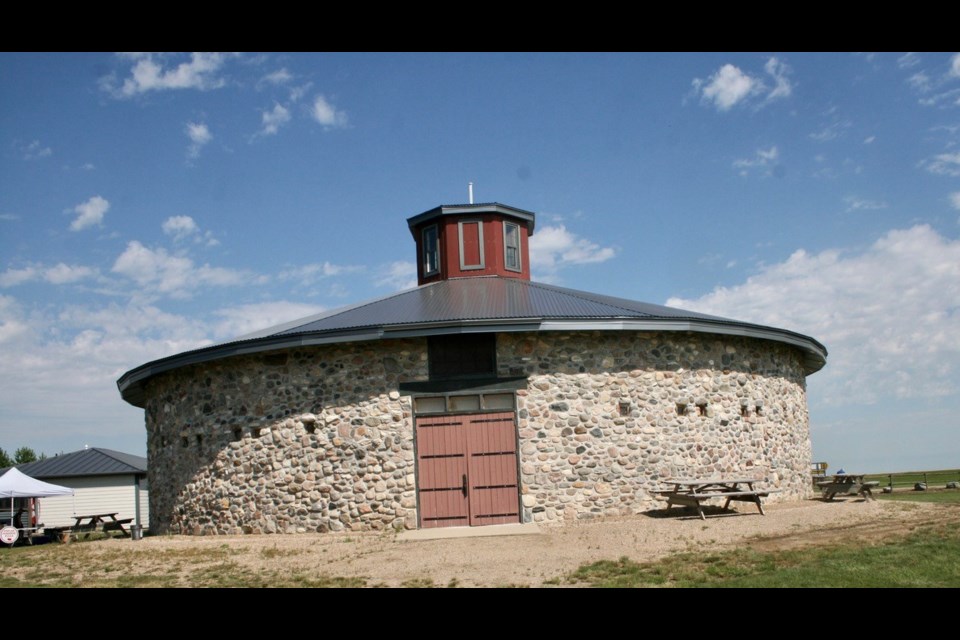INDIAN HEAD — Every year with the exception of COVID years, supporters of the historic Bell Barn organize a horse event to raise funds.
The event offers visitors an opportunity to see the large heavy horses do things they did when used for farming.
Events at the afternoon Aug. 14 included two saddle horses going through an obstacle course — walking through a curtain, over a narrow bridge and around swimming pool noodles that bumped against them.
One of the horses was a Canadian breed - which has only 4,000 horses registered.
The heavy horses performed farm chores like backing up harnessed to a wagon, or hauling water in a flat stone boat trying not to spill any.
Highlight of the day was the heavy horse pull demonstration with seven teams including Jeff Downey of Moose Jaw.
Teams of horses were hitched to a stone boat with weights to see how far they could pull it.
Usually heavy horses can pull twice their weight — in this case between 8,000 and 12,000 pounds
Drivers called off the demonstration after hitting 5,000 pounds weight because of field conditions. The pull took place in a stubble field made muddy by one and one-half inches of rain the night before.
The day included wagon rides, a trade fair and concessions with homemade pie.
The Bell barn was built in the 1880s of stone as part of a corporate farm development near Indian Head. The farm was unsuccessful but the barn remained a symbol.
The barn deteriorated over the years and in 2008 organizers raised funds to tear it down stone by stone and restore it in a new location.
The barn is the first of about 25 built in Saskatchewan. Three round barns were built around Moose Jaw, the Sanborn Barn at Drinkwater, the Larson barn at Rouleau and the Wynn barn north of Moose Jaw. The Wynn barn was destroyed by winds.
According to one theory round barns were first built by religious Quakers to keep the devil out of the corners.
Some agriculture departments in the United States promoted round barns as less expensive to build and more structurally sound.
Round barns never caught on, likely because of the skills needed to build them.




